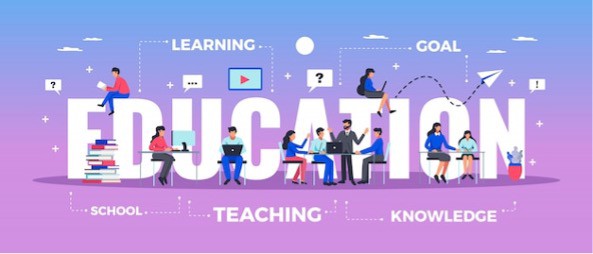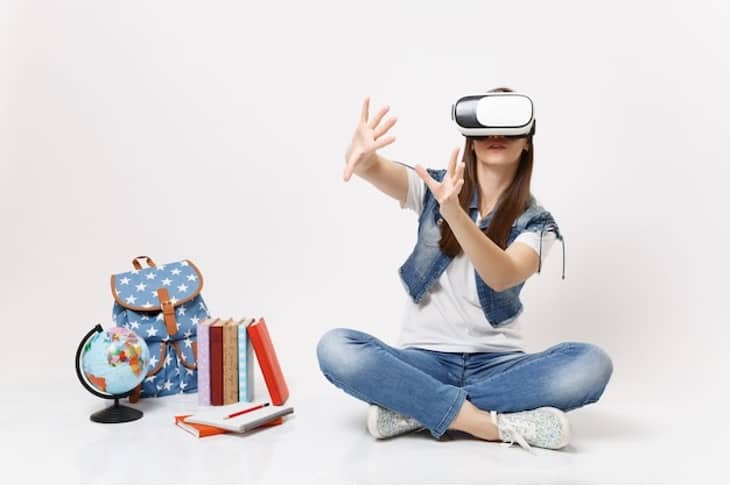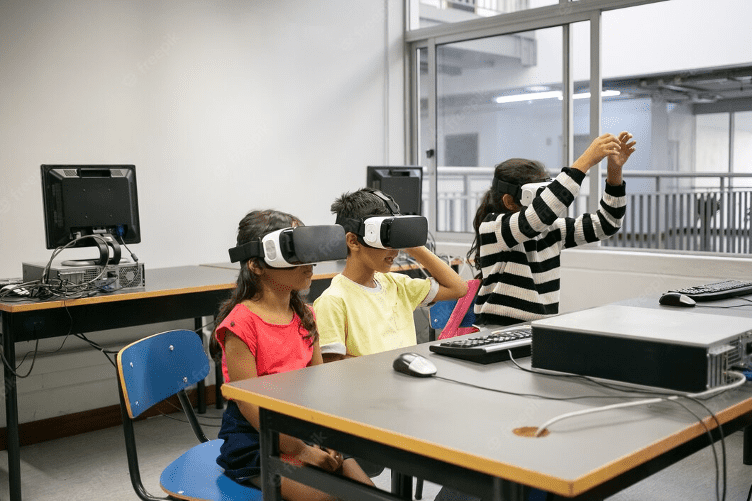Education is very important for the future of both humanity and the world. Just as a person's future is shaped by the education they receive, the future of the society created by the people is also shaped by the qualities of the education given to the people. In short, a good education first changes the individual and then the world. For centuries, education is the most significant issue that has existed in every country. And the best lesson we can draw from this is that the greatest wealth for a nation is neither underground nor earthly wealth, but a well-trained human resource. With the developing technology and the growing world population, the problems in the education system are changing and the education system is changing accordingly. In this article, we will discuss the current challenges in education.

Students’ mental health
School is one of the most suitable environments for children and teenagers to handle with emotional and behavioral difficulties and to develop appropriate skills for this. Increasing psychosocial problems in children and teenagers have become an important public health problem.
Mental health issues among students are becoming more prevalent. In a spring 2018 report by the American College Health Association, nearly two-thirds of college students reported they had experienced "extreme anxiety" in the previous year. Almost 57% of students said they were more stressed than the average person.
Actually, these numbers are increasing nowadays. At the end of 2019, the education sector was also affected due to COVID-19 epidemic. Education was suspended for a long time. When face-to-face education started, many students had panic attacks and anxiety attacks. In this period, they could not do the tasks, such as experiments, that students had to do physically. This situation has increased the popularity of VR technology. Now, in most schools, students can do experiments remotely with VR technology without being physically present in the laboratory. While students were unable to go to school during the pandemic, they were able to continue online education with VR technology.

Class sizes
Smaller courses, according to conventional experience, are better for student learning. Teachers sometimes argue that the size of a class has a significant impact on the quality of instruction they can give. However, lowering class numbers necessitates the hiring of additional teachers as well as the construction of new classrooms.
Crowded classroom is a factor that prevents students from doing the tasks that they need to do one-on-one. On the other hand, with the developing technology, the experiments in the curriculum can be done with VR Technology, regardless of the number of students. In this way, many students will be able to do their own experiment at the same time. By this way, every student becomes more active in lessons.
In addition, crowded classrooms reduce students' attention and interest in the lesson. However, virtual experiments with VR technology allow the student to do each step him/herself. In the virtual lab, the student can do experiment steps from wearing a gown and gloves while entering the laboratory to keeping the data in the experiment as it is done in real life. Thus, the student can do all the experiments with VR which they cannot experience in real life.

Consequently, education is one of the most affected sectors from the problems experienced globally and the growing population. However, the developing technology has a great impact on education system. The best example of this is the teaching of lessons using VR technology in many schools and universities today. Thanks to VR technology, students were educated more efficiently and more actively compared to conventional education. In addition, they continued their online education without interruption during the pandemic.
Take a look at all experiments at VRLab Academy and enhance your teaching power with us.
References:
- Wu, H. K., Lee, S. W. Y., Chang, H. Y., & Liang, J. C. (2013). Current status, opportunities and challenges of augmented reality in education. Computers & education, 62, 41-49.
- Sjøberg, S. (2002). Science and technology education: Current challenges and possible solutions. Innovations in science and technology education, 8, 296-307.
- Velev, D., & Zlateva, P. (2017). Virtual reality challenges in education and training. International Journal of Learning and Teaching, 3(1), 33-37.